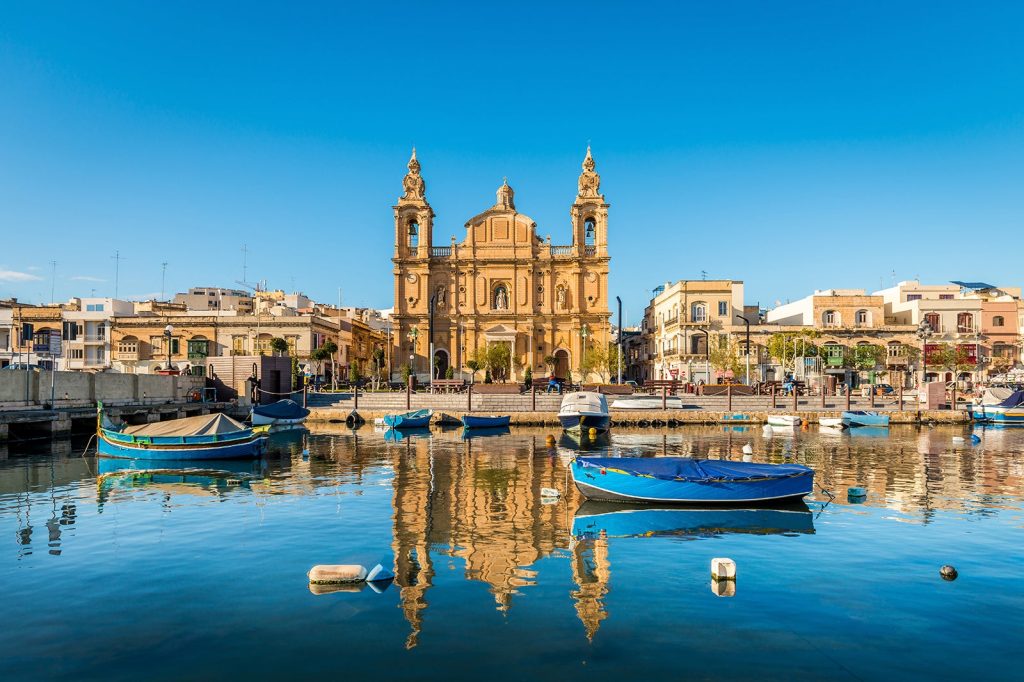Malta, a tiny republic located 50 nautical miles from Sicily in the central Mediterranean, has yet to properly register in the minds of the average American tourist.
It lacks the instant name recognition of classic tourist destinations such as France and Britain, which have attracted large numbers of Americans for decades. And considering the island’s remote position, it’s hardly the type of spot you’d stumble across by chance when traveling around Europe on vacation.
With 7,000 years of rich and interesting history to explore, including sites associated with the Romans, Moors, and Knights of Saint John (all of whom formerly governed the island), it is astonishing that Malta is still so under the radar. Here are some of the numerous, numerous reasons to visit.
History
The mysterious temples of the Neolithic era, St. Paul’s shipwreck in 60 A.D., and the centuries-long reign of the Knights of St. John are just a few of the highlights of Malta’s past. The history of the three-island archipelago dates back to the birth of civilization, and the little nation has been controlled by the Arabs, the Normans, and the Aragonese over the years. The Phoenicians, Carthaginians, and Romans made their mark on the islands as well. “Some of the world’s oldest freestanding megalithic monuments, older than Stonehenge, exist in Malta,” stated an expert. “This historical heritage extends to modern Malta, which is currently a member of the European Union. All of these civilizations have traversed,”
Sea And Sand
Malta is, despite its rich history, an island in the Mediterranean. In other words, it is bordered by a gorgeous ocean and offers an abundance of outdoor activities, like walking, cycling, and diving. The pure blue water around the Maltese Islands is suitable for scuba diving. The sea visibility is 20 meters, the expert stated. There are also several reefs, caverns, and shipwrecks to explore in the vicinity. And as an extra benefit, the likelihood of encountering hazardous fish is quite low, offering the ideal circumstances for novice divers.
Beaches For those who prefer a calmer pace, the Maltese islands provide an abundance of beaches, notably Mellieha Bay, the island’s largest beach (and a good family beach), and Golden Bay, located on the northwest coast of Malta.
300 Days Of Sunny Weather
The climate of the Maltese Islands is recognized for being pleasant and sunny. The daily average of sunlight is around 12 hours. The expert said, “We enjoy being outside.”
Festivals, Festivals, And More Festivals
From the Malta Fireworks Event to the Malta International Arts Festival, there is a notable festival for practically every occasion and season in Malta. There is also a Jazz Festival in Malta. And did we mention the village celebrations that begin in May and continue throughout the summer? “Each community on the island celebrates its patron saint on the weekend throughout the summer,” revealed Expert.
Gastronomy
Malta does not fail when it comes to cuisine, an area that is essential for the majority of tourists. The cuisine of the nation reflects the several cultures that have inhabited the islands over the ages. The outcome resembles an eclectic Mediterranean style. Traditional Maltese cuisine is distinguished by dishes such as fish pie and beef olives. Sunday mornings at the Marsaxlokk fish market are a lively showcase of the variety of fish that may be caught in Maltese seas.
One Location, Three Islands To Visit
Malta consists of three islands: Malta, Gozo, and Comino. It is situated in the middle of the Mediterranean, south of Sicily, and off the coast of North Africa. While Malta is the largest of the islands and the cultural and economic hub, Gozo is more rural and noted for its fishing industry, tourism, and agriculture. Comino is the smallest and least populated of the islands. And get to stay in the best hotels in Malta.
Affordability
Here’s a little-known secret: rates in Malta are often 20 percent less than in mainland Europe, for hotels, restaurants, and everything else, according to Expert.
Ease Of Discovery
Malta has a stunning 7,000 years of history to explore, yet the island is tiny enough that seeing all is possible, according to Expert.
She states, “It’s only 317 kilometers square.” Furthermore, English is the official language of the island, so there is no language barrier to worry about. Italian is also commonly spoken, should you choose to study it.
Access
While it’s true that you can’t fly directly from the United States to Malta (there are continuing discussions with airlines to make this possible), it’s a fast journey from practically every European major to the island.

